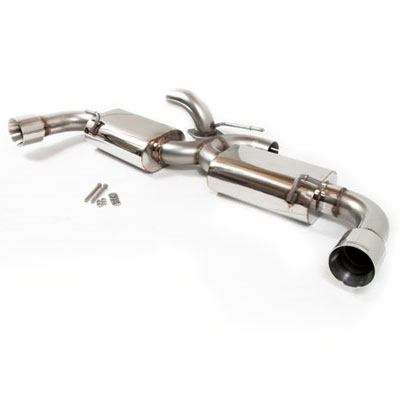

As far as your present mechanical problem, the gas pedal acceleration problem has to be diagnosed before you can condemn the transmission. Unless you are an experimenter or hobbyist, you MUST always match the year, make, model AND codes stamped on the transmission tag itself. Transmissions change from year-to-year and although they might look the same externally, they are essentially completely incompatible because of changes in the controls (TCM, PCM, etc.). Therefore, these two transmissions are NOT interchangeable "out of the box." Sometimes the differences from year-to-year relate to electronics or controls which you "might" be able to carry over from your 01 but that involves a lot of research and confirmation as well as risk. The Mazda parts catalog transaxle part numbers for the two years you cite are different. The total bill should be about $300.Hello. If you take your car to the shop, the parts will be closer to $150 and it should take about an hour of labor. All-in-one, my 2007 mazda 6i is a sweet car for a young and classic mind. I use a mobil 1 oil 0w40 for my services. No mechanical or electrical problems so far. It’s just a couple bolts and some sheet metal, but can become a headache. It got a superb bose sound systems,beautiful interior and exterior, twin exhaust, bezel xenon headlamps. You’ll need to buy new heat shields ($40 or more per) and be prepared to remove the old parts and reinstall new ones. This is doable, but can be tricky if you haven’t done it before. Option 2: Replace the Heat ShieldĪnother option you have is to completely replace your heat shields. Additionally, you’ve got to protect your vehicle’s underbody components. A gas tank heat shield especially should not be removed permanently, car manufacturers put them on your vehicle for a reason. Heat shields help prevent those accidents from happening. When you park your car on grass, hot exhaust elements can cause fires. Hot catalytic converters are the biggest culprit. The California Department of Forestry and Fire Protection reported 100 wildfires caused by vehicles in 2015 alone. Although this technically may stop the rattle, we do not recommend this solution. Some vehicle owners are inclined to just throw away a heat shield once it gets loose or cracked. Option 1: Remove the Heat Shield Completely (Not Recommended) Although no car is immune to heat shield rattle, older cars and lower-end models are more likely to have this issue. Not all manufacturers use the same materials or weld with the same processes. Some cars are more prone to heat shield rattling.You should be able to find the problem and fix it yourself. We’ll go into more detail on this in a moment, but for now, know that fixing your heat shield rattle isn’t a multi-day operation.

Focus on the rims, the cause(s) of the shaking (I suspect you have more causes than just the rims), and worry about the noise last if it’s still there. It’s easy to find the source of the problem. My car doesn’t overly shake on local or highways With respect, you have far more serious problems than the noise.Although you can technically still drive your car or truck without a heat shield, it’s a needed safety feature that was put on your car for a reason.


Don’t just rip off a rattling heat shield. Before getting started, there are a few things to know: Thankfully, there are some tricks to make it a quick and inexpensive fix. The result for you is an annoying heat shield rattle that drives you a little bit crazy every time you reach a certain RPM. Heat shields rattle because the welded sheet metal car manufacturers use can rust or come loose after years exposed to the elements and daily wear and tear.


 0 kommentar(er)
0 kommentar(er)
